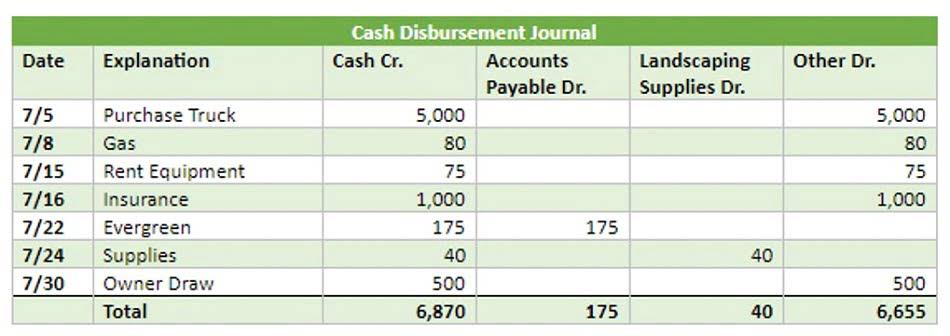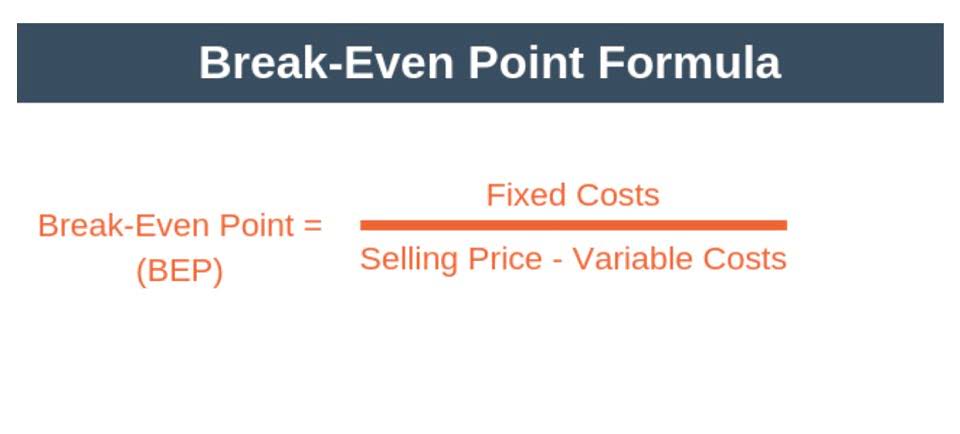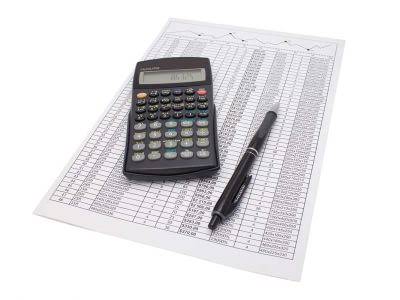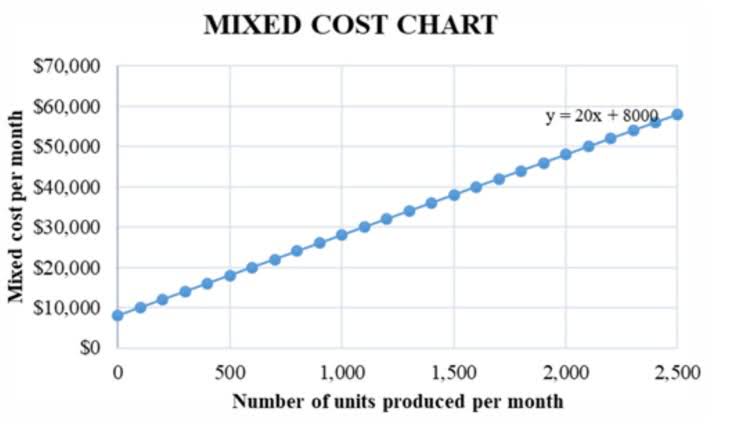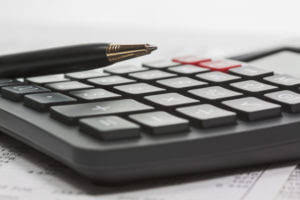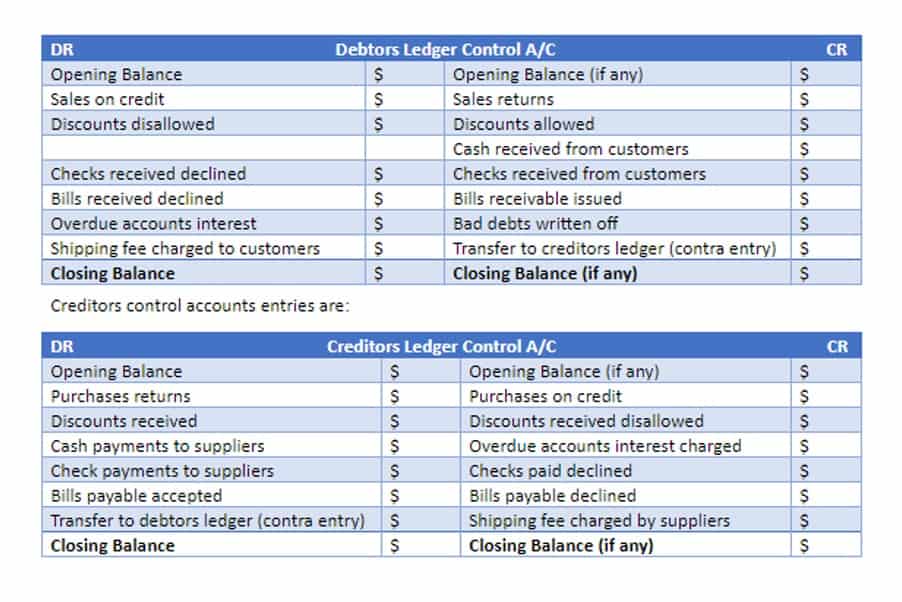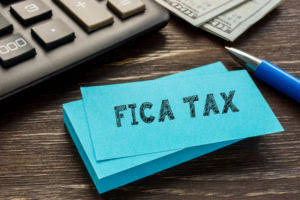A statement of retained earnings is a financial statement that lists a business’s retained earnings at the end of a reporting period. Retained earnings are business profits that can be used for investing or paying liabilities. The statement of retained earnings can either be an independent financial statement, or it can be added to a small business balance sheet.
- A negative retained earnings balance signals that a company has accrued more losses or paid more dividends than it has earned.
- Before you put money into a company, you need to know if the company is actually growing—there are multiple ways to do this.
- It is important to note that while the layout can vary slightly, the essence of the information remains consistent.
- In this example on a statement of retained earnings, we were asked to prepare the financial statement as well.
Investors
- In essence, retained earnings are a reflection of your company’s success story and foresight.
- Our intuitive software automates the busywork with powerful tools and features designed to help you simplify your financial management and make informed business decisions.
- The retained earnings statement shows how much of a company’s profits are reinvested back into the business, and how much is paid out to shareholders as dividends.
- In other words, assume a company makes money (has net income) for the year and only distributes half of the profits to its shareholders as a distribution.
If you aren’t overly familiar with financial statements, it can be hard to pinpoint which statement is useful for which purpose. If you find yourself wondering where your profits have gone off to, you need the statement of retained earnings. These funds can be used towards the development of the company such as research and development or infrastructure development.
How is the retained earnings statement connected to other financial statements?
A merger occurs when the company combines its operations with another related company with the goal of increasing its product offerings, infrastructure, and customer base. An acquisition occurs when the company takes over a same-size or smaller company within its industry. Shaun Conrad is a Certified Public Accountant and CPA exam expert with a passion for teaching. After almost a decade of experience in public accounting, he created MyAccountingCourse.com to help people learn accounting & finance, pass the CPA exam, and start their career. We believe everyone should be able to make financial decisions with confidence.
It depends on how the ratio compares to other businesses in the same industry. A service-based business might have a very low retention ratio because it does not have to reinvest heavily in developing new products. On the other hand, a startup tech company might have a retention ratio near 100%, as the company’s shareholders believe that reinvesting earnings can generate better returns for investors down the road. A statement of retained earnings shows the changes in a business’ equity accounts over time. Equity is a measure of your business’s worth, after adding up assets and taking away liabilities.
How To Prepare?
This is because they want to use the surpluses fund for expanding the statement of retained earnings the operating, improve broth people and machine capacity. And second is the dividend declared by the entity that is approved by the board of directors as well as authority. It is important to note that we can deduct only the dividend that is declared by the entity. If the dividend is not declared yet, then the dividend should not be qualified for the deduction. Busting this myth is crucial for shareholders and financial analysts who may otherwise overestimate the immediate financial potency of a company.
In contrast, a growing Company is expected to retain the income and invest in future business, thus expecting an increase in the share price. When Business Consulting Company will prepare its balance sheet, it will report this ending balance of $35,000 as part of stockholders’ equity. You can see this presentation in the format section of the next page of this chapter – the balance sheet. In GAAP, the statement of retained earnings can be attached to the income statement, or the balance sheet, or be prepared as a separate financial statement. The income statement reports revenues and expenses for a specific period of time, typically a fiscal quarter or year. The bottom line on the income statement is net income, which is calculated by subtracting total expenses from total revenue.
For example, a beverage processing company may introduce a new flavor or launch a completely different product that boosts its competitive position in the marketplace. The company may use the retained earnings to fund an expansion of its operations. The funds may go into building a new plant, upgrading the current infrastructure, or hiring more staff to support the expansion. Profits generally refer to the money a company earns after subtracting all costs and expenses from its total revenues.
Paul’s net income at the end of the year increases the RE account while his dividends decrease the overall the earnings that are kept in the business. A statement of retained earnings can be extremely simple or very detailed. Next, subtract the dividends you need to pay your owners or shareholders for 2021.
These programs are designed to assist small businesses with creating financial statements, including retained earnings. Retained earnings, on the other hand, refer to the portion of a company’s net profit that hasn’t been paid out to its shareholders as dividends. First, revenue refers to the total amount of money generated by a company. It is a key indicator of a company’s ability to generate sales and it’s reported before deducting any expenses.
You’re our first priority.Every time.
For example, when preparing a statement of retained earnings for 2022, the starting balance would be the retained earnings on the balance sheet at the end of 2021. Shareholders, analysts and potential investors use the statement to assess a company’s profitability and dividend payout potential. Positive retained earnings signify financial stability and the ability to reinvest in the company’s growth.
Finally, you can calculate the amount of retained earnings for the current period. Just like in the statement of retained earnings formula, find the total by adding retained earnings and net income and subtracting dividends. Revenue is the total income earned from sales before expenses, while retained earnings are the profits kept by the company after paying out dividends over time. This closing figure is nestled in your balance sheet, a beacon for the future. It signals how much financial muscle remains to flex on future ventures, pay down debt, or save for a rainy day. It’s a crucial part of the financial story, speaking volumes about your company’s ability to generate and manage profits.
How are retained earnings calculated?
Consider it a financial journey from beginning balance to the anticipated end-of-year reveal. On the dividend front, Widget Inc. opts for a modest share, keeping a part of the earnings close to its chest for reinvestment, a balancing act between shareholder satisfaction and corporate strategy. Also known as the Statement of Owner’s Equity, Equity Statement, or Statement of Shareholders’ Equity, this statement is created in accordance with generally accepted accounting principles (GAAP). Unappropriated earnings—as you may have guessed—are the amount of earnings not appropriated at the end of a given period. These earnings are typically also used for growth, but they’re not earmarked for a specific transaction or project. Note that “Dividends” include all types of dividends, including stock issuances.
The Relationship Between Net Income and Retained Earnings
The retained earnings equation is important in calculating the Profit Before Tax to be used in the indirect method of preparing a statement of cash flows. This will reduce the retained earnings and so would appear under the retained earnings column as explained in example 1 above. The share premium is also known as Capital surplus, and it represents the excess money a company receives for issued shares above the par value.
They shed light on the internal reinvestment strategy and payout policies, allowing investors to discern how their capital is being utilized for fostering growth. Should your company decide to pay dividends, the exact amount you distribute nibbles away at the net income’s contribution to retained earnings. If you’re an investor who likes consistent income, investing in mature companies is a great way to benefit from potential long-term capital appreciation and consistent dividends. While it’s sometimes referred to as the statement of stockholders’ equity, statement of owner’s equity, or equity statement, these technically aren’t the same thing.
Between 1995 and 2012, Apple didn’t pay any dividends to its investors, and its retention ratio was 100%. The net income of the income statement is used in calculating the ending retained earnings balance in an equity statement. From the question, we were not given the shares issued during the current reporting period. But you can notice that the ordinary share capital increased from $310,000 to $375,000.
